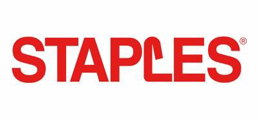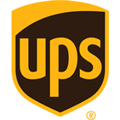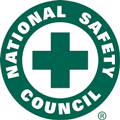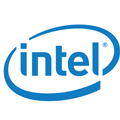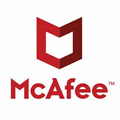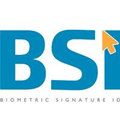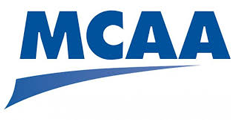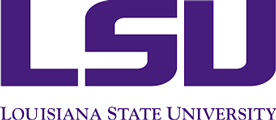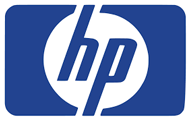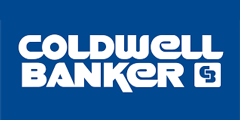Credit card fraud is Americans number one concern
Identity theft Expert Robert Siciliano
A recent study conducted by the Unisys Corporation shows that identity theft as it pertains to credit card fraud is Americans’ number one concern.
When people ask me, “How do I protect myself from credit card fraud?” I tell them, “Cancel the card, or never use it.” Because that’s the only way.
Personal security (as it pertains to violence) and national security have always been a concern. However, this new study shows that people are more concerned with fraud, and the risk of having their savings depleted by scammers. Not so hard to believe, what with the number of data breaches, and the Madoffs of the world fleecing their unsuspecting investors.
75% of Americans feel that the recession has increased their chances of being victimized by criminal hackers and thieves. Most are also concerned their “private” information on a corporate or bank network may be compromised.
FBI’s Internet Crime Complaint Center’s 2008 Annual Report determined that online fraud increased by 33.1% last year. Dollar losses resulting from online fraud increased to $265 million.
Overall, these concerns are valid, due to flaws in the system of issuing credit that facilitate new account fraud. Furthermore, account takeover requires nothing more than access to credit card numbers, which are available in hacked databases or susceptible every time you hand your card over to a gas station attendant.
Viruses in spam or phishing emails continue to plague consumers and as scammers get more sophisticated, the chances of getting hooked increase.
Banks and business will continue to feel the pressure as criminals target their clients’ data.
Credit card skimming at ATMs and gas pumps makes it impossible to protect yourself when you could essentially be handing your digits over to a criminal.
Skimming is one of the financial industry’s fastest-growing crimes, according to the U.S. Secret Service. The worldwide ATM Industry Association reports over $1 billion in annual global losses from credit card fraud and electronic crime associated with ATMs.
Marite Ferrero, a blogger with Finextra, adds, “In Europe, the points of compromise are everywhere: ATM, gas pumps, parking, DVD rentals, movie tickets, food kiosks, tolls, buying metro tickets, and the list goes on… Because of chip and pin implementation, the proliferation of stand-alone terminals that accept chip and pin has provided a profitable playground for fraudsters.”
While the card holder is generally only responsible for the first $50.00 in losses, which is often waived by a “zero liability policy,” card holders who don’t pay attention to their statements often let these charges pass and eat them.
There are many technologies available to secure credit cards, such as “smart cards” and “chip and pin.” However, due to the nature of a credit card transaction, once the data leaves the card, it’s up for grabs. Whatever card security their may have been is now gone.
Check your credit and banking statements carefully. Scrutinize every charge and refute any unauthorized charges within 30-60 days. Call your bank or credit card company immediately if you see any fraudulent activity.
Invest in identity theft protection. Credit freezes or fraud alerts help prevent new account fraud. Protect your PC with McAfee, or other Internet security software.
Robert Siciliano, identity theft speaker, discusses credit card fraud.
I’m excited to work with uni-ball in 2009 in a partnership to help raise awareness about the growing threat of identity theft and provide tips for protecting yourself. Check out uniball-na.com for more information.



